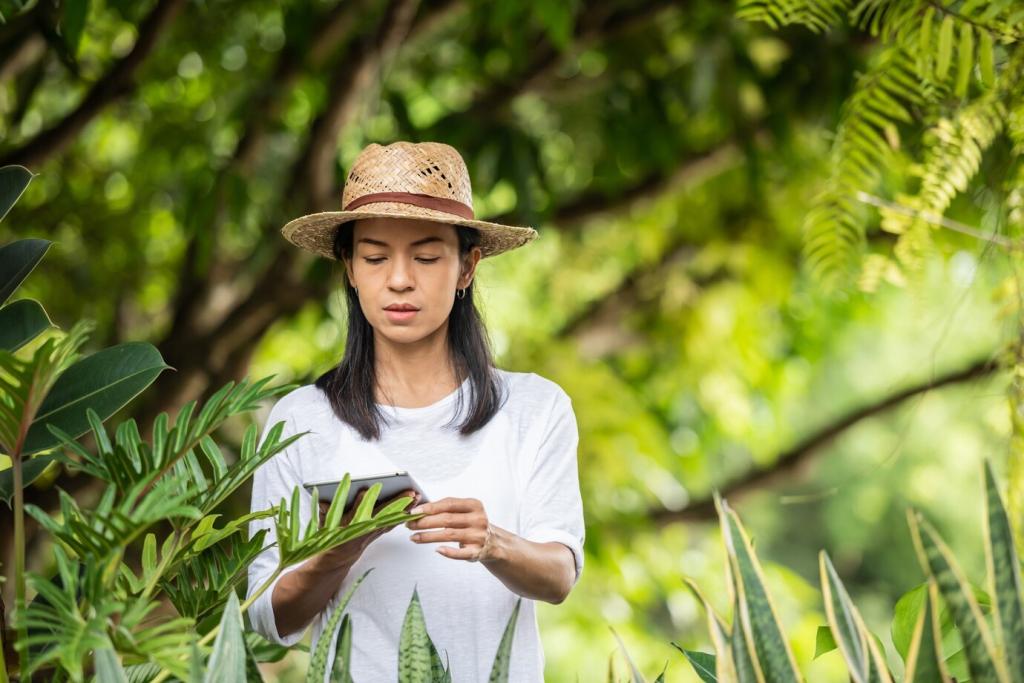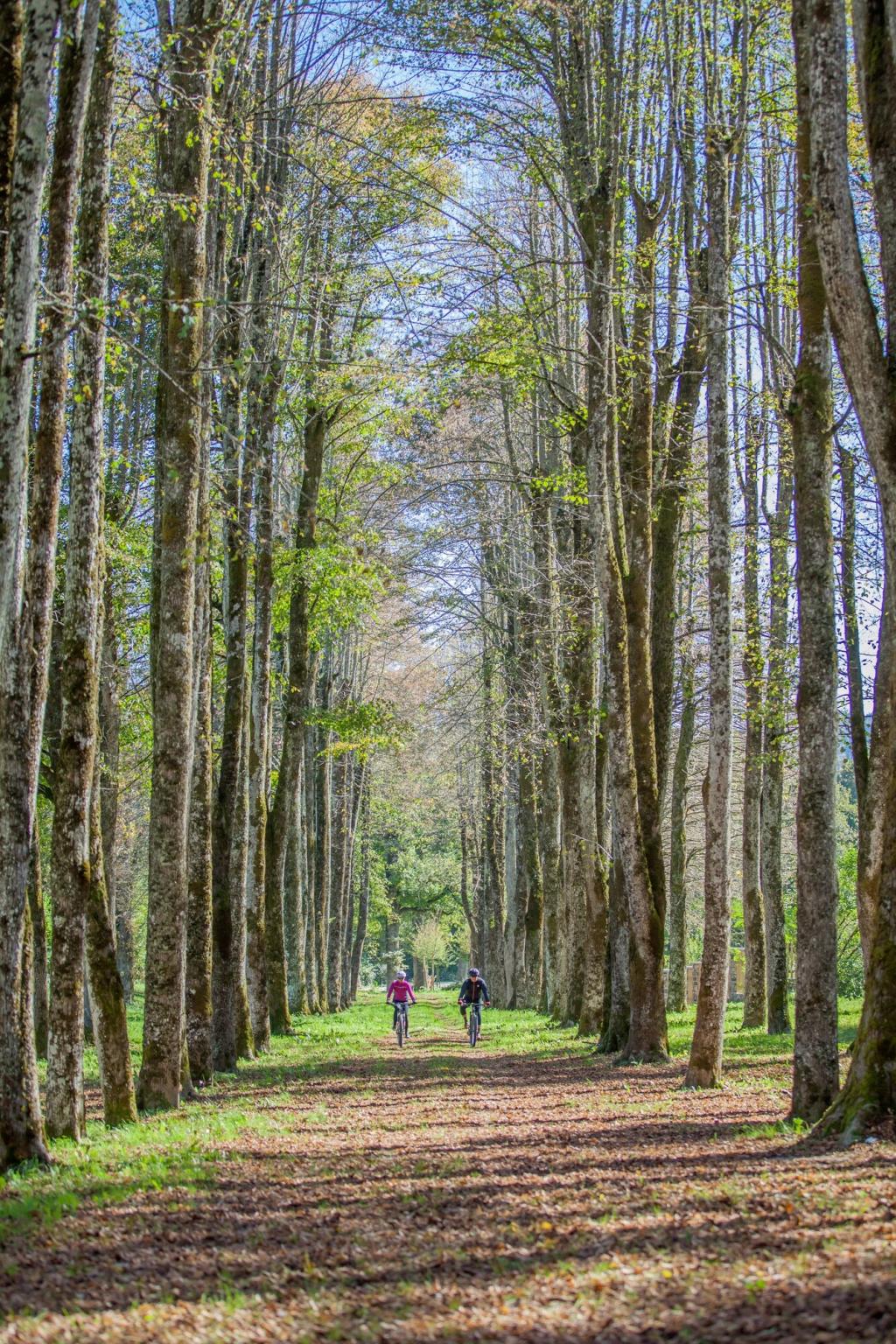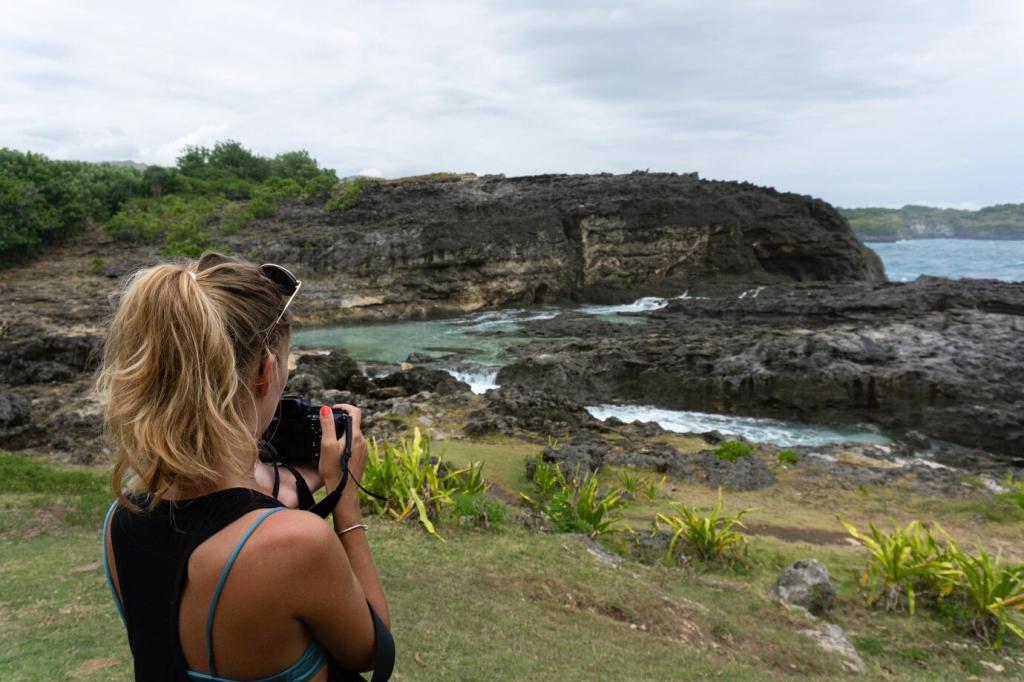What Makes a Country a Leader in Eco‑tourism
Leading eco‑tourism countries commit large areas to protection, restore degraded habitats, and safeguard endemic species. Their parks have real enforcement, good visitor management, and community rangers who ensure nature thrives while travelers tread lightly and respectfully.
What Makes a Country a Leader in Eco‑tourism
From renewable electricity to efficient public transport and waste reduction, sustainable destinations invest in systems that lower footprints. Trails, boardwalks, and eco‑lodges are designed to protect soil, water, and wildlife, not merely to attract visitors.








